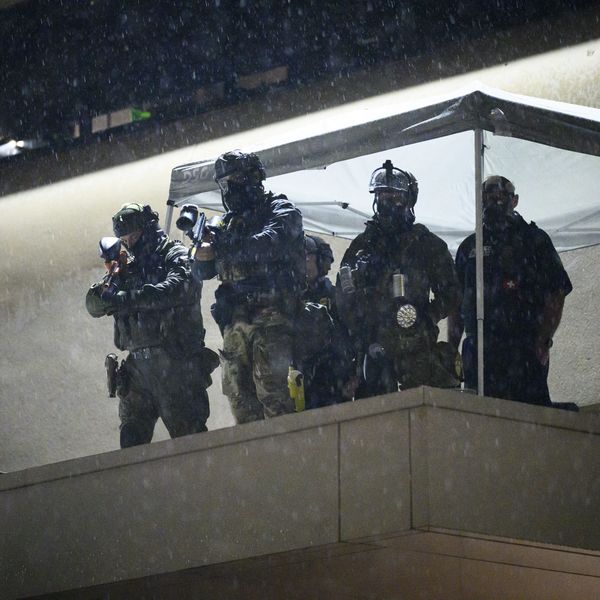Environmentalists cheered the news in April that ConocoPhillips had halted its plans for risky Arctic drilling. However, any fears that its stopping of fossil fuel exploitation in the harsh environment was only temporary may be confirmed by a move this month by the oil and gas giant.
According to the Federal Aviation Administration (FAA), ConocoPhillips launched the first FAA-approved commercial drone flight into the Arctic air above the Chukchi Sea on September 12.
A research vessel carried four drones made by Boeing subsidiary Insitu, "a pioneer leader in the design, development, production and operation of high-performance, cost-effective unmanned aircraft systems (UAS)."
One ScanEagle drone, what Institu describes as a "go-to solution for civilian and military customers," carried out "marine mammal and ice surveys necessary to meet environmental and safety rules before drilling on the sea floor."
Ed Crooks reported in the Financial Times that "Conoco said ScanEagles could be used to monitor ice floes and whale movements, keeping it informed of potential threats or environmental risks while drilling in Arctic seas."
The Center for Biological Diversity, a group that has warned of the environmental risks of drilling for fossil fuels in the Arctic for years, cautioned against seeing surveillance from drones as making drilling any safer.
"Watching from a drone or a hot-air balloon or an airplane won't change a simple fact down below: Drilling in the Arctic is flirting with serious danger and an oil spill would be disastrous and impossible to clean up," Rebecca Noblin, Alaska Director for the Center for Biological Diversity told Common Dreams.
Also, according to the FAA, this is just the beginning of drones in the Arctic:
The September ScanEagle flights are just the start of the FAA Arctic Plan. Small UAS in the Arctic can benefit many operations, such as scientific research, search and rescue, fisheries, marine mammal observers, oil and gas leaseholders and maritime route planners. The project is giving the FAA and industry needed experience and a path forward to certify UAS for more commercial operations, both in the Arctic and elsewhere.
______________________


